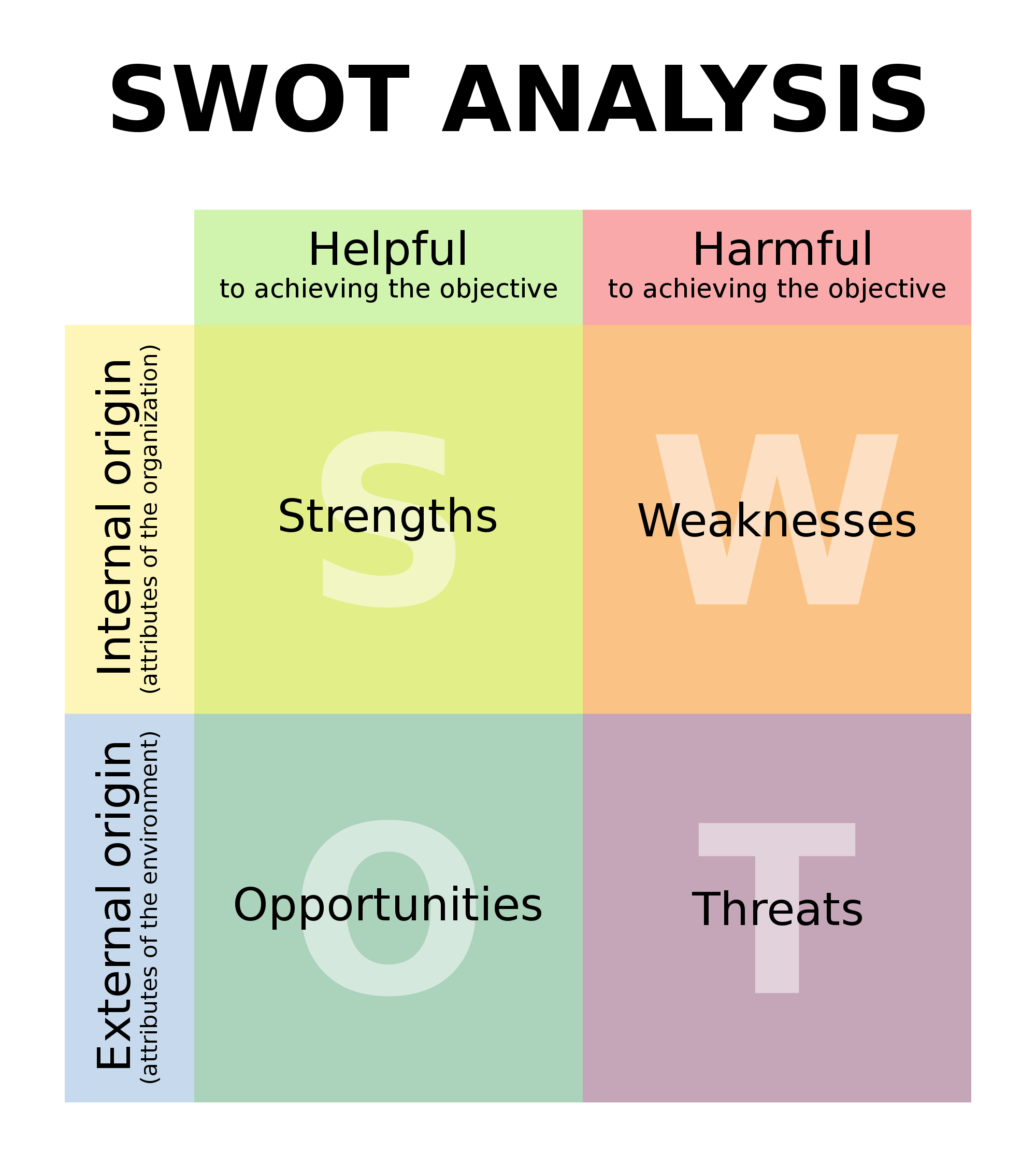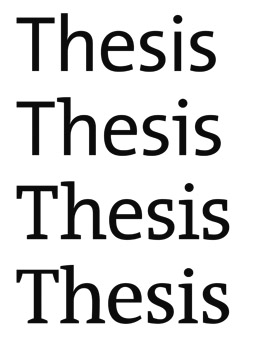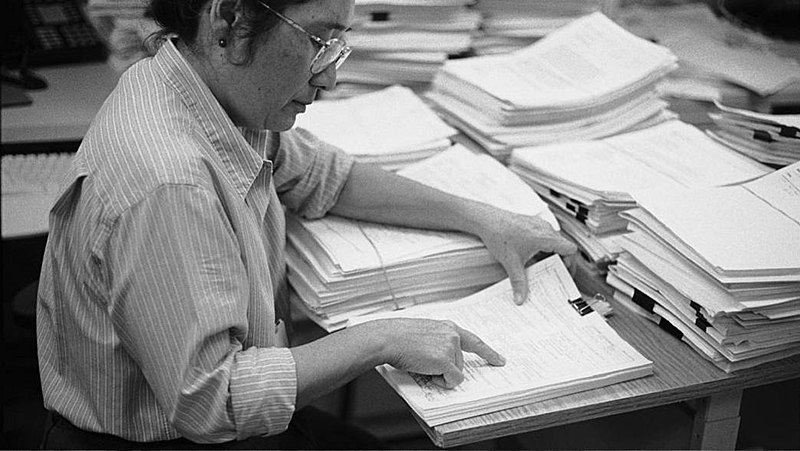For this blog post I will provide answers to questions that deal with how the text I have chosen for my next project appeals to credibility or character, emotion, and logic. I will use descriptions of rhetorical strategies from pages 183-6 of the
Student's Guide to provide my answers.
Appeals to Credibility or Character
Which items on the bulleted list of strategies on page 183 can you recognize in your text?
Word choice and appeals to values or beliefs shared by the audience.
How and why would the author use these strategies?
The diction that author chooses to use is helpful in his way to give readers a better "visual" of the idea of de-extinction without physically giving them real pictures or data of the issue. Specifically, the author titles the sub-topics in the text in a way to seem challenging for many people to read and instead would have them be intrigued by what it means. For example, the sub-topics are, "Scientific Précis, Ecological Axiology, Deontology and Justice, Playing God, Utility, De-Extinction, Aesthetics, and Ethics". By doing this, he then provides the information under the sub-topic which then ultimately gives the reader to ability to view the information and then decide whether or not they agree with what he is saying. Since the text talks about the ethics behind de-extinction, the author appeals to the values and beliefs by constantly referring to the notion of de-extinction having many unethical qualities to it. He does this relating the audience of this text and provides information on the unethical process by persuading the reader (this would most likely occur after the reader has read the entire text) without actually stating his viewpoints on the issue.
How do these strategies affect the audience's perception of the author's credibility and character?
By utilizing these two bullet points alone, the author adds to his character by showing his different examples of showing how de-extinction nay seem more unethical than not. Word choice alone adds to the ability of having readers choose what they believe, either supporting the idea or not after reading the text. Appealing to one's audience is an important quality someone should have if they want to their point to get across and eventually have many people agree with what they are writing. Since many people have ethics and do not want to stray from them, the author would successfully have a high number of people read this text.
How does the use of these strategies impact the effectiveness of the text's overall message?
As mentioned from the previous question, having credibility gives the author the ability to more explicitly spread his message in the text to its readers. The more compelling the information is, the more people will enjoy reading a text and eventually come up with conclusions regarding its message. This is something I believe the author has done a good job at. He makes the information compelling to read and gives the readers an easier time to make their own choices about the issue.
Does the author seem to have any biases or assumptions that might impact his or her credibility?
The author, in my opinion, did not specifically state his viewpoints on this issue and therefore does not worsen his credibility about the issue.
Appeals to Emotion
Which items on the bulleted list of strategies on page 184 can you recognize in your text?
The items on the bulleted list I could recognize from the text includes tone, and the repetition of keywords. The author does not repeat the keywords many times, rather he places a significant meaning to them. He mentions them and then reflects back to the reader's own thoughts about them. The keywords in the text go as such, "Keywords De-extinction.Environmentalethics. Bioconservation.Biodiversity.Speciesrights.Respect forlife.Geneticengineering.Cloning".
What emotional response is the author attempting to create?
The author tries to create a serious feel to this issue in the text. He shows how if it were to actually take place, how would affect the world. Essentially (in my own words) he says "How would you react if extinct species came back to life? Would you be scared? Or would be angered by the fact that such a thing could happen?"
What is the actual result?
I believe if people were to actually respond to this text that they would feel this same emotional response, a seriousness that this issue should not be taken lightly. It would seem easy to say that this idea is like science fiction, but the possibility of it actually happening may seem more likely than the idea of it being science fiction. To that extent, people would have serious concerns and conversations over the legality and moral dignity of following through with such a process.
Are these emotions effective or ineffective for this particular audience and rhetorical situation?
I believe that readers understanding the serious feeling in the text is effective for the audience that reads it. The text is not designed for young children to make a spectacle of. Rather, it is intended for people that are serious about maintaining morals in the world and not crossing them by having the possibility of de-extinction coming true.
How do these emotional appeals affect the credibility of the author or the logic of the text?
Given the fact that the author writes this text to be for the purpose of maintaining a seriousness about the issue addressed, I would say the credibility of the author stays strong around the audience, since they too feel strongly about analyzing the issue at hand more closely, rather than making quick judgments saying de-extinction should occur in heartbeat.
Appeals to Logic
Which items on the bulleted list of appeals on pages 184-5 can you recognize in your text?
The author utilizes effective organization of sentences, paragraphs, and ideas well. Along with this he uses clear transitions/connections between sections of text.
What response is the author attempting to create by employing these strategies?
By using both strategies in his text, the author tries create an audience response by seeing if a majority of people first of all agree with what he is saying, let alone responding to it by showing their opinions on the matter.
What is the actual result?
I believe the author executes these strategies quite well because he creates a flow in each section leading to next connecting the idea of the ethics behind de-extinction. Along with the connection between sections of text, the ideas mentioned in each individual paragraph gives the reader a glimpse of reality if the possibility of de-extinction became true.
Are these strategies effective or ineffective for this particular audience and rhetorical situation?
These two strategies I thought were the most important for the entire text. The ability to connect topics together to formulate viewpoints (either in support or disagreement with de-extinction) for the audience to come up with, is effective. The informative, but different, yet connective sections of the text prove to be what I think the "hole-in-one" accomplishment in the text. Flow is key in writing. I believe the author does a good job of refraining from stating his viewpoints and instead connects different components of the text together.
Which items on the list of logical fallacies on pages 185-6 can you recognize in your text?
I may be wrong, but from reading the text multiple times, I feel that the text does not contain any logical fallacies. The text does not attack any individual or any individual thought stated in the article. It does not assume that a connection between two events is caused by another. It does not explicitly use an analogy between two similar, yet very different topics. It uses specific rather than a few generalized examples to make a broad conclusion. It also does not draw a conclusion from an assumption that may be unrelated. The text for the most part contains specific and informative information that is helpful for readers when analyzing it. The author did a good job of providing a "journalistic" approach when writing the text. He did let himself include any assumptions that would make him seem untrustworthy.
What effect does the use of these logical fallacies have on the reader?
Since I believe there are no logical fallacies involved with the text, I cannot fully answer this question. However, if there were logical fallacies in this article I could see them being either false analogies or hasty generalizations. The reason I would choose these from the rest is because if the author made the mistake of including them, different connections are made in the text with the purpose of comparing similar issues of ethics, yet being totally different. If hasty generalizations were made, it would be easy for the author to include a limited amount of examples to make a broad conclusion about the message of the text. Instead the author does a good job elaborating on the specific examples he presents in the text and leaves readers with the decision of which conclusions they can make about the message, should de-extinction occur, would it be too unethical to actually take place.


















